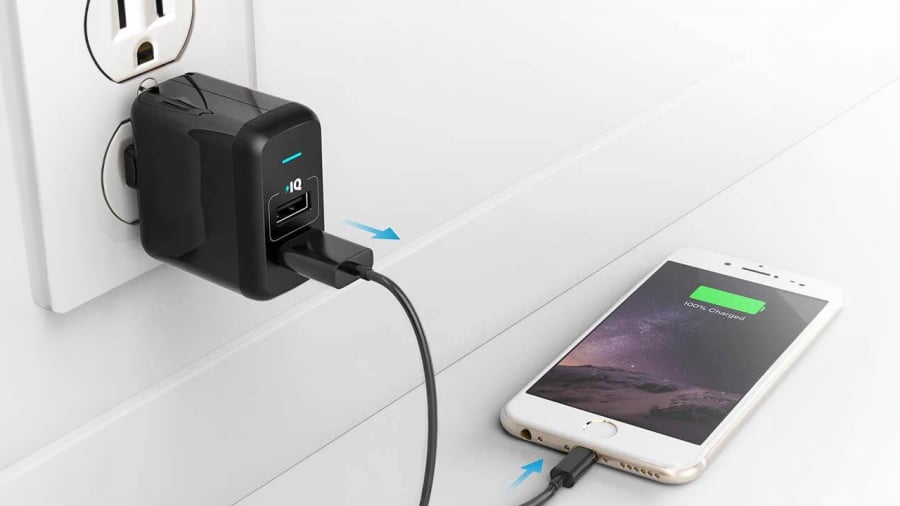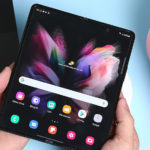Usually, we think it’s simple to plug in a charger as long as it gets power. However, technology experts advise consumers to do it right to avoid harming the battery and even some situations that can be dangerous.
Should you plug the charger into the socket or the phone first?
First, you need to understand Surge – a surge of current or electric shock. This is a condition where the incoming voltage exceeds the normal voltage of the device, causing a shock phenomenon. This type of electricity can create fast and strong electrical pulses in a fraction of a second. Therefore, when the phone charger has an output of 5V/2A and is plugged into the power source, it can surge up to 6V or higher.
In the normal state, the output voltage is only about 5V. However, in reality, when plugged into the socket, it can surge up to 6V and cause a surge condition. When this happens, there are unseen electric sparks.

When this condition occurs, the phone may encounter problems such as quick malfunction, fast battery drain, overheating, battery heat, short circuit, and fire. When using a genuine charger, manufacturers have designed it to ensure the device has overload protection and anti-electric shock circuit, so you don’t need to worry about this issue. Therefore, if you buy a genuine charger and a good charger, it doesn’t matter whether you plug the charger into the phone or into the socket first.
But with old, unreliable, non-genuine chargers, it is advisable to plug the charger into the socket first and then plug the charger into the phone. This is to prevent electric shock to the phone. When you need to unplug it, unplug the charging cable first, then unplug the charger from the power source.
How the phone charger works
Usually, we all understand that to charge the battery, the phone will charge through the charger, which transmits energy through the charging cable. At this time, the phone charger acts as a transformer, moving from high voltage to low voltage (from 220V down to 5V, 9V, 12V, etc.) and delivering direct current from low voltage to charge the battery system. At this time, the charger acts as an intermediary to reduce the voltage for the phone. That is why, in the entire battery charging process, plugging the charger into the power source first is considered the correct first step. Because we must let the transformer work first so that the device needs to charge to connect later.

However, after charging, you should unplug the charger to avoid plugging the old charger and charging cable into the socket because they not only waste electricity but also may have the risk of fire, especially when using some non-genuine chargers with unknown origins.
In addition, continuously plugging the charger into the socket will make them get hot, easily lead to short circuits, and quickly damage the charger.
Remember to apply this method to ensure your phone and battery last longer and charge correctly to prevent the risk of fires or accidents that can quickly damage your phone.



































